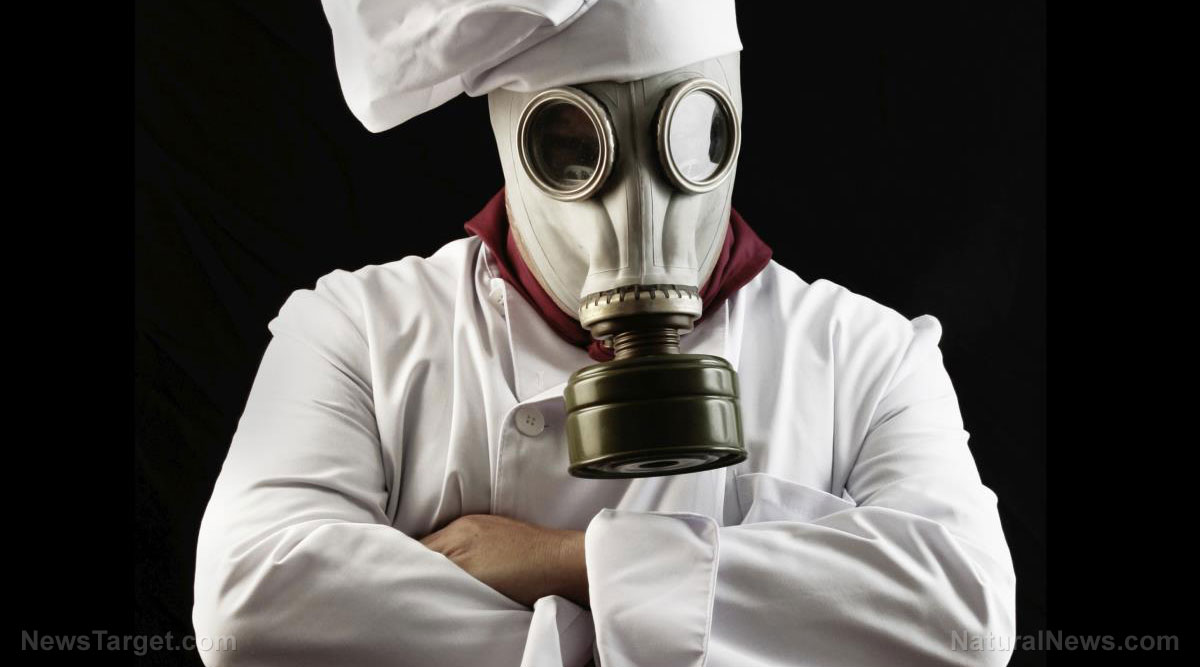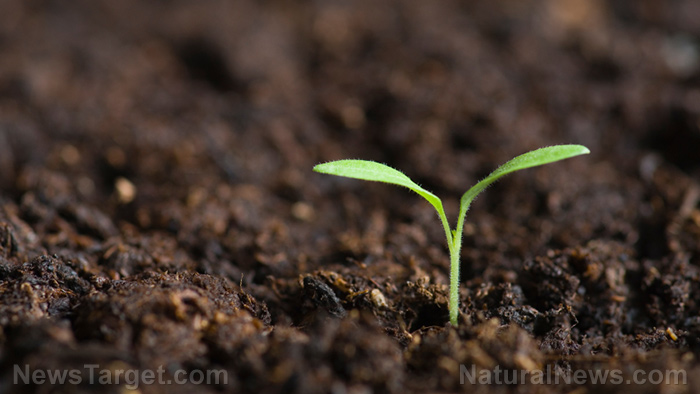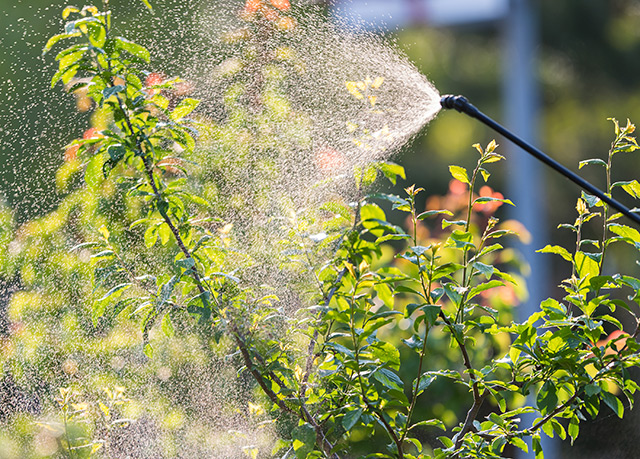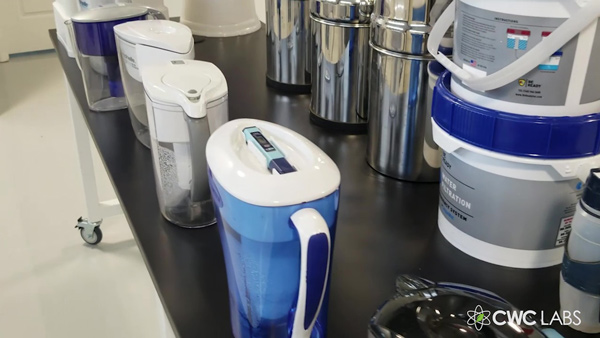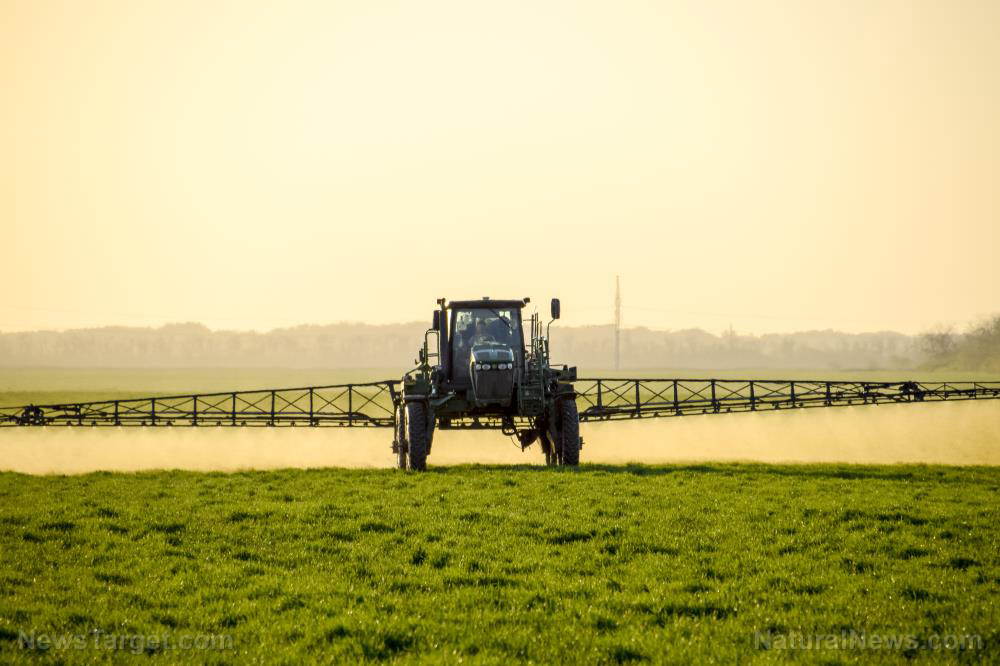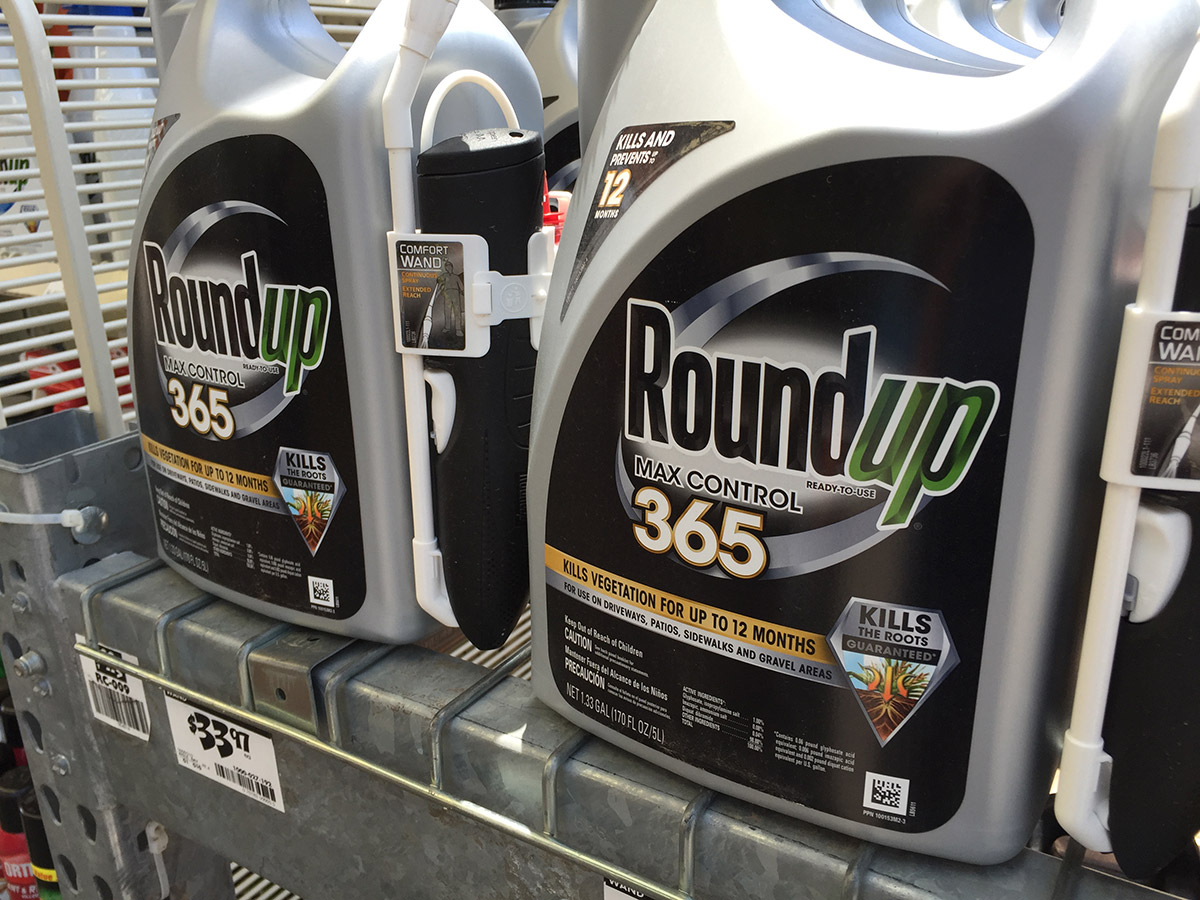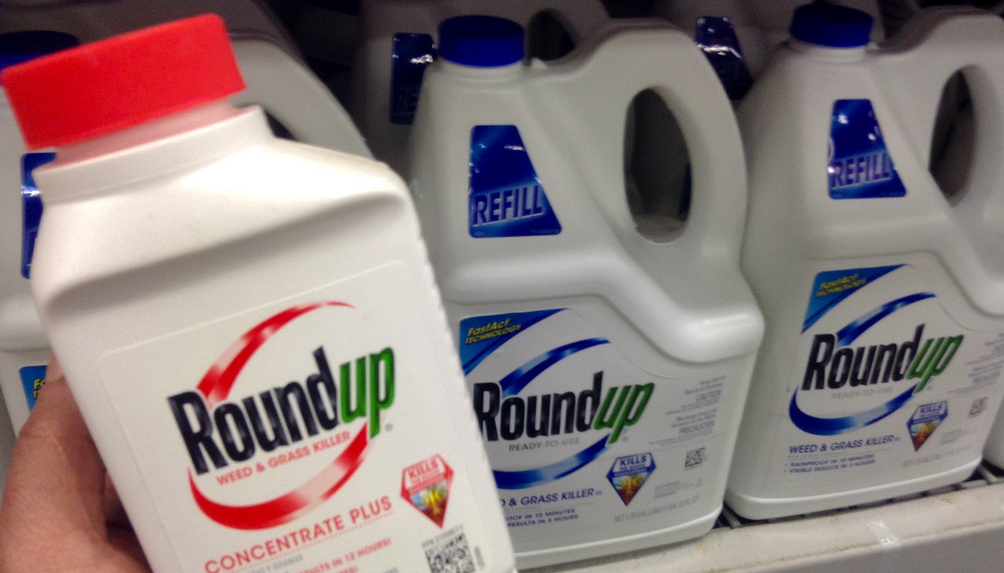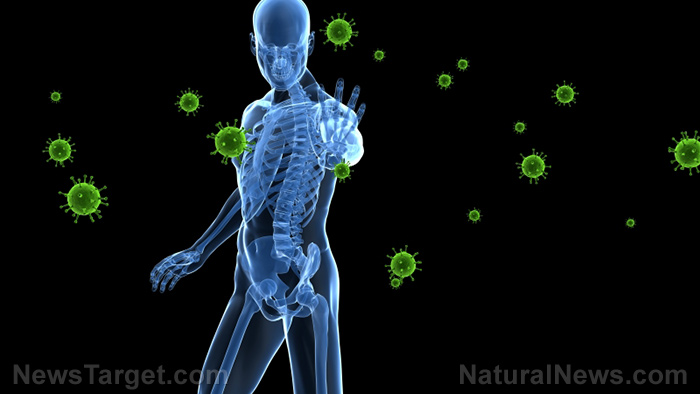Popular pesticides found to damage ability of honey bee pollinators to FLY
01/01/2019 / By Russel Davis
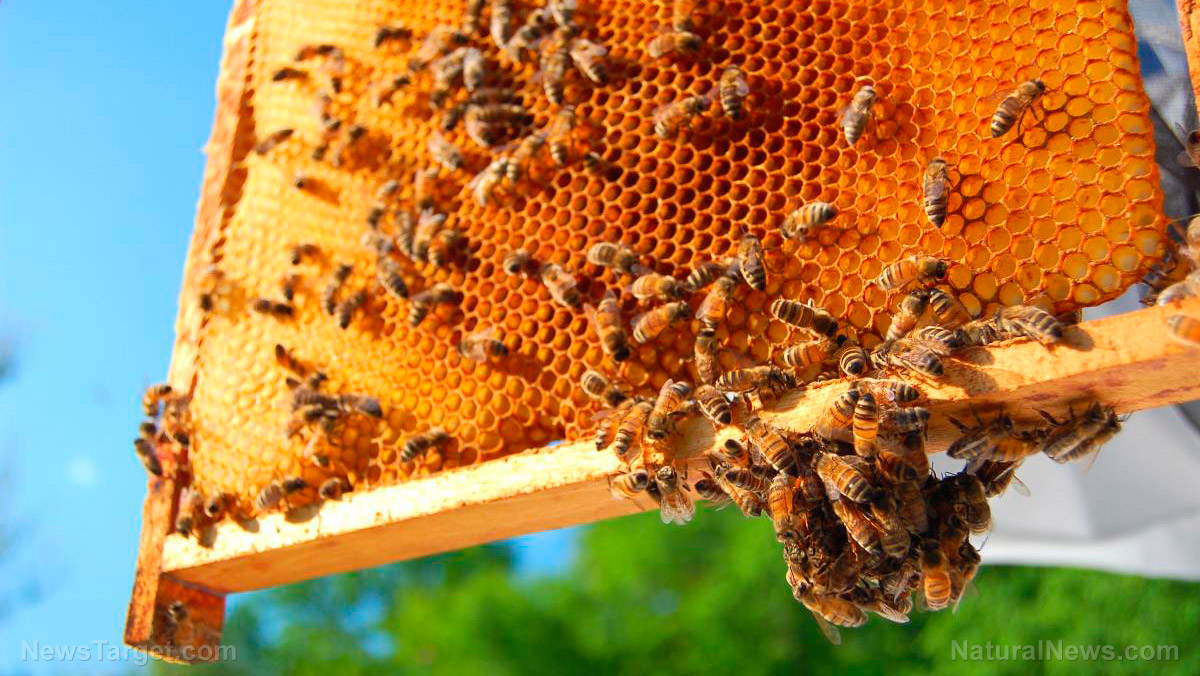
A commonly used class of pesticides called neonicotinoid damages the ability of honey bee pollinators to fly, a recent study revealed. Previous studies have shown that honey bee pollinators that ingested the said chemical were less likely to return to the colony, which in turn decreased the number of foragers.
As part of the new study, a team of researchers from the University of California, San Diego and the University of Bologna in Italy examined the effects of the neonicotinoid-based pesticide thiamethoxam on the flight ability of honey bee pollinators. The research team also built a bee flight-testing instrument called a flight mill from scratch to allow the insects to flu under a controlled and consistent setting. The study revealed that typical neonicotinoid exposure was shown to induce significant damage to the insects’ flight ability.
“Our results provide the first demonstration that field-realistic exposure to this pesticide alone, in otherwise healthy colonies, can alter the ability of bees to fly, specifically impairing flight distance, duration and velocity. Honey bee survival depends on its ability to fly, because that’s the only way they can collect food. Their flight ability is also crucial to guarantee crop and wild plant pollination,” said researcher Simone Tosi in ScienceDaily.com.
According to the research team, short-term pesticide exposure was tied to brief increases in the honey bees’ activity. The study showed that the bees foraged farther, but flew erratically. On the other hand, long-term pesticide exposure of one to two days was tied to reduced flight capacity in honey bees, researchers said.
“Bees that fly more erratically for greater distances may decrease their probability of returning home. The honey bee is a highly social organism, so the behavior of thousands of bees are essential for the survival of the colony. We’ve shown that a sub-lethal dose may lead to a lethal effect on the entire colony,” researcher Professor James Nieh added in a separate article in UCSDNews.UCSD.edu.
The findings were published in the journal Scientific Reports.
Pesticide wreaks havoc in the honey bee population
Flight damage is only one of the many negative effects of neonicotinoid exposure on honey bees. A study published in 2017 revealed that neonicotinoid pesticides reduced the sperm count of honey bees, which may explain the dwindling bee population across North America and Europe over the last 15 years. As part of the study, researchers at the Institute of Bee Health at the University of Bern, Switzerland examined how two neonicotinoid pesticides — thiamethoxam and clothianidin — impacted the reproductive health of male honey bees.
The research team randomly assigned batches of male honey bees into two groups: the pesticide-exposed group and the controls. The team then collected semen samples from the insects one they had reached maturity. The researchers found that honey bees exposed to pesticides had 39 percent less living sperm, and had significantly higher mortality rates compared with the controls. The research team also noted that the pesticides may cause irreversible DNA damage to the sperm of honey bees. However, the experts noted that the mechanism behind the pesticide-induced damage remained unclear.
“The process of the queen’s mating flight is a one-time thing so it’s really important that she collects plenty of quality sperm. If not, then worker bees in the hive will quickly sense that the queen is ineffective and kill her…The presence of these chemicals could be one reason behind the struggling bee numbers we’ve seen over the past 15 years in the northern hemisphere. We can’t be sure though yet because of the sheer number of different factors that affect bee populations – it’s unlikely just the pesticides at work in the wild,” said researcher Lars Straub.
Sources include:
Tagged Under: bee population, chemicals, Ecology, honey bees, insecticides


